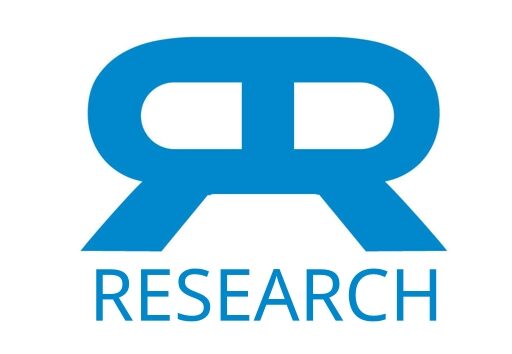We have investigated prospectively the efficacy of two nonpharmacologic relaxation techniques in the therapy of anxiety. A simple, meditational relaxation technique (MT) that elicits the changes of decreased sympathetic nervous system activity was compared to a self-hypnosis technique (HT) in which relaxation, with or without altered perceptions, was suggested. 32 patients with anxiety neurosis were divided into 2 groups on the basis of their responsivity to hypnosis: moderate-high and low responsivity. The MT or HT was then randomly assigned separately to each member of the two responsivity groups. Thus, 4 treatment groups were studied: moderate-high responsivity MT; low responsivity MT; moderate-high responsivity HT; and low responsivity HT. The low responsivity HT group, by definition largely incapable of achieving the altered perceptions essential to hypnosis, was designed as the control group. Patients were instructed to practice the assigned technique daily for 8 weeks. Change in anxiety was determined by three types of evaluation: psychiatric assessment; physiologic testing; and self-assessment. There was essentially no difference between the two techniques in therapeutic efficacy according to these evaluations. Psychiatric assessment revealed overall improvement in 34% of the patients and the self-rating assessment indicated improvement in 63% of the population. Patients who had moderate-high hypnotic responsivity, independent of the technique used, significantly improved on psychiatric assessment (p = 0.05) and decreased average systolic blood pressure from 126.1 to 122.5 mm Hg over the 8-week period (p = 0.048). The responsivity scores at the higher end of the hypnotic responsivity spectrum were proportionately correlated to greater decreases in systolic blood pressure (p = 0.075) and to improvement by psychiatric assessment (p = 0.003). There was, however, no consistent relation between hypnotic responsivity and the other assessments made, such as diastolic blood pressure, oxygen consumption, heart rate and the self-rating questionnaires. The meditaiional and self-hypnosis techniques employed in this investigation are simple to use and effective in the therapy of anxiety.
Treatment of Anxiety: a Comparison of the Usefulness of Self-Hypnosis and a Meditational Relaxation Technique: An Overview
Publication
Psychotherapy and Psychosomatics
30 (3-4): 229-242
Abstract
Web and Email Links
Related Listings
Journal
The Lancet
A wakeful hypometabolic state may be induced by simple, non-cultic mental techniques or by traditional meditational practices. The hypometabolic state seems to represent an integrated hypothalamic response ("relaxation response") which is consistent with a state of decreased sympathetic-nervous-system activity. A prospective investigation was designed to test whether regular elicitation of the relaxation response might lower blood-pressures in hypertensive patients who were maintained […]
Journal
Frontiers in Aging Neuroscience
Numerous studies have documented the normal age-related decline of neural structure, function, and cognitive performance. Preliminary evidence suggests that meditation may reduce decline in specific cognitive domains and in brain structure. Here we extended this research by investigating the relation between age and fluid intelligence and resting state brain functional network architecture using graph theory, in middle-aged yoga and meditation practitioners, and matched controls. Flui […]
Journal
Psychotherapy and Psychosomatics
The effect of a 10-week meditation program on 20 patients who were undergoing long-term individual explorative psychotherapy was studied. Change in the psychological well-being of the patients and the impact of the program on the process of their psychotherapy was evaluated. Results obtained from the patients’ self-ratings and the therapists’ objective ratings demonstrated a significant and substantial improvement in most measures of psychological well-being.

